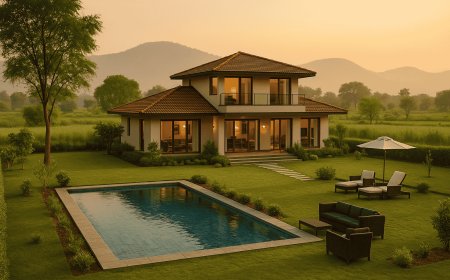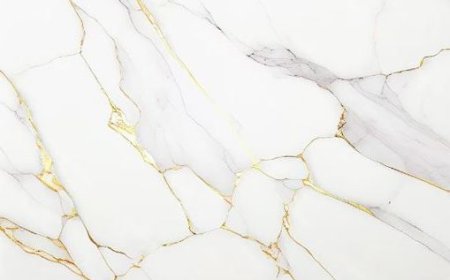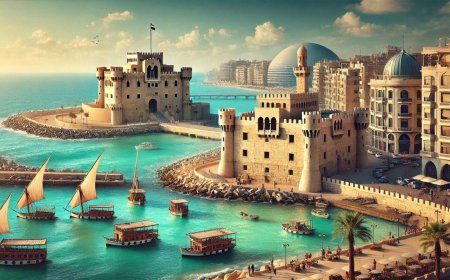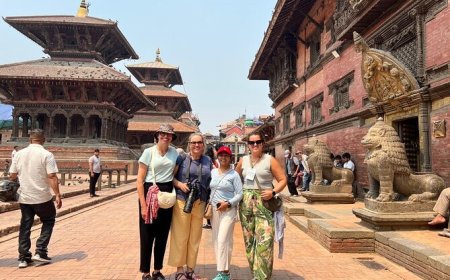Everest Base Camp Trek Travel Guide
For Travelers, Families, Digital Nomads & Adventure Lovers
? Introduction: A Trek to the Roof of the World
The Everest Base Camp Trekking is one of the most iconic trekking adventures in the world. Located in Nepals Khumbu region, this trek brings you face-to-face with Mount Everest (8,848.86m), the highest mountain on Earth. The journey offers mountain views, rich Sherpa culture, prayer-flag-lined paths, and unforgettable moments. Whether youre a solo traveler, a family, or a thrill-seeker, the EBC trek is a life-changing experience.
? Best Time to Visit Everest Base Camp
Choosing the right season helps ensure good weather, clear mountain views, and safe trekking conditions.
-
Spring (March to May): The most popular time. Clear skies, warm days, and rhododendron blooms. Busy trails but beautiful weather.
-
Summer/Monsoon (June to August): Rainy and cloudy. Trails may be slippery with landslides. Less crowded, but not ideal for views.
-
Autumn (September to November): Best time to trek. Crisp skies, fresh air, and stunning views of Everest. High trekking season.
-
Winter (December to February): Cold and snowy. Peaceful trails with fewer people. Trekking is possible with good gear and preparation.
?? Top 10 Must-Visit Attractions on the Trek
-
Lukla Airport: The gateway to Everest. A short, scenic flight from Kathmandu starts your adventure.
-
Phakding Village: A quiet riverside village with traditional lodges and the Dudh Koshi River.
-
Namche Bazaar: The main Sherpa town. Great for rest, shopping, and exploring local bakeries and museums.
-
Everest View Hotel: One of the highest hotels in the world, offering panoramic views of Mount Everest.
-
Tengboche Monastery: A peaceful Buddhist monastery with incredible mountain views and spiritual energy.
-
Dingboche Village: Surrounded by peaks, this village is perfect for acclimatization and short hikes.
-
Lobuche: A small settlement with dramatic mountain scenery.
-
Gorak Shep: The last stop before EBC. A high-altitude outpost with incredible views.
-
Everest Base Camp (5,364m): The dream destination. Stand where Everest climbers begin their ascent.
-
Kala Patthar (5,545m): The best viewpoint to see Mount Everest, especially at sunrise.
? Local Cuisine to Try
-
Dal Bhat: A traditional Nepali meal with rice, lentil soup, vegetables, and pickles. Available everywhere.
-
Sherpa Stew (Shyakpa): A hearty soup with vegetables and handmade noodles. Try it in Namche or Dingboche.
-
Momos: Nepali-style dumplings filled with meat or vegetables. Great snack during tea house stops.
-
Yak Cheese Pizza or Burger: Found in Namche or Pheriche, this is a fun twist for trekkers who crave comfort food.
Best Places to Eat:
-
Namche Bakery (Namche Bazaar) Cakes, coffee, and comfort food
-
Himalayan Lodge (Tengboche) Warm meals with monastery views
-
Yeti Mountain Home (various locations) Known for clean rooms and great food
? Transportation Tips
-
Getting to Nepal: Fly into Tribhuvan International Airport (KTM) in Kathmandu.
-
To the Trek Start Point: Take a domestic flight (3040 mins) from Kathmandu to Lukla Airport.
-
Public Transport: Not available in the Everest region. Walking is the only way to move between villages.
-
Private Hires: In Kathmandu, you can use taxis, local buses, or hire a private jeep for city travel.
-
Helicopter Options: For luxury travelers or emergencies, helicopters are available from Lukla or Everest Base Camp.
?? Hidden Gems and Off-the-Beaten-Path Spots
-
Khunde and Khumjung Villages: Explore quiet Sherpa villages near Namche with a visit to the Hillary School and a monastery housing a Yeti scalp.
-
Thame Village: A less-visited place west of Namche, with an old monastery and beautiful views.
-
Ama Dablam Base Camp: A peaceful side hike from Pangboche with amazing views and fewer crowds.
?? Safety Tips and Cultural Etiquette
-
Go Slow: Acclimatize properly to avoid altitude sickness. Drink plenty of water.
-
Travel Insurance: Always get travel insurance that covers high-altitude trekking and helicopter rescue.
-
Respect the Culture: Walk clockwise around mani stones and stupas. Dont touch prayer flags or point feet at shrines.
-
Ask Before Taking Photos: Be polite and always ask locals for permission before clicking photos.
-
Stay Clean: Use water filters or purifying tablets. Carry your own reusable water bottle.





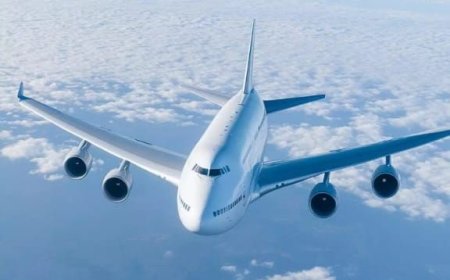
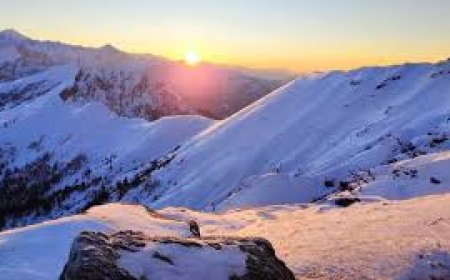
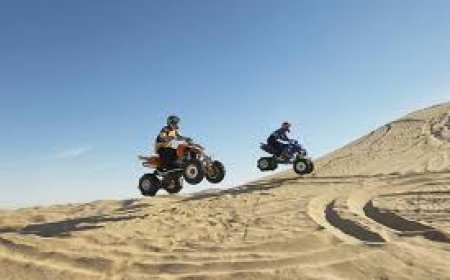
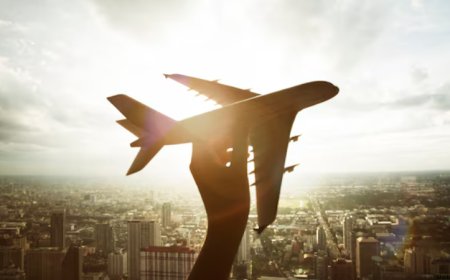







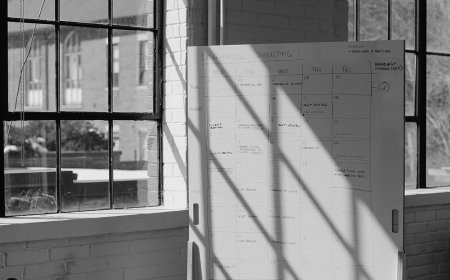




![Top 11 Real Estate Mobile App Developers in Riyadh, Saudi Arabia [2025 Edition]](https://www.philadelphialivenews.com/uploads/images/202506/image_430x256_68621a9e48997.jpg)









